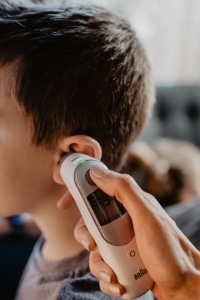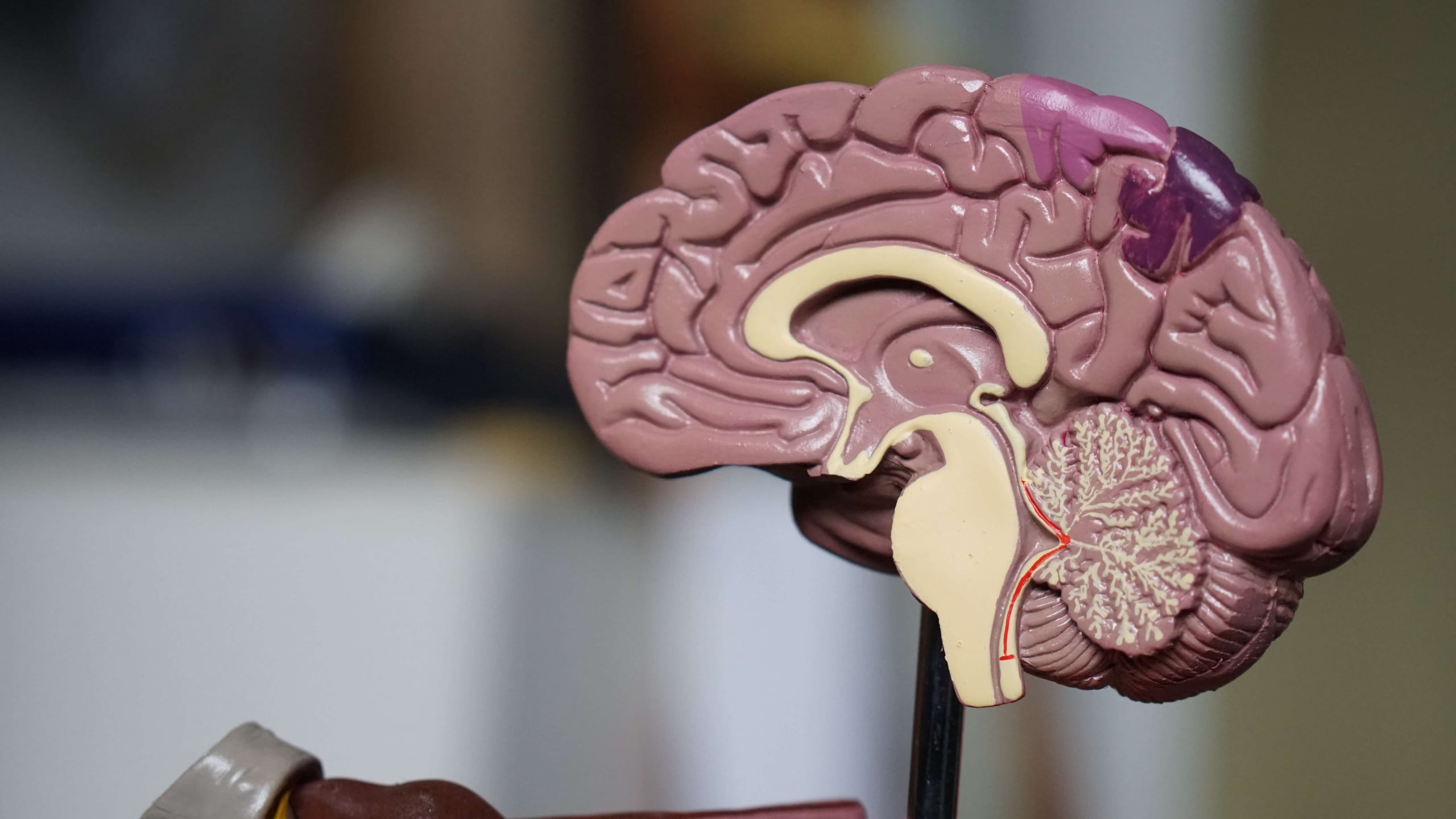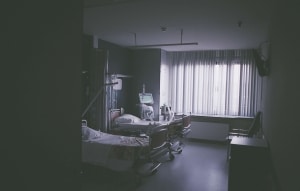Sunburns and Skin Cancer
School is out. The weather is hot and the sun is shining. Time for that family vacation. So why not soak up some rays at the beach? Sunlight is a great source of Vitamin D and can be beneficial for your body, but too much of it can be dangerous, especially if you have fair skin or are prone to sunburns. How much sun is too much? And when should you be concerned about sunburns or getting screened for skin cancer.

Photo by Sebastien Gabriel on Unsplash
Common signs of overexposure to the sun include:
- Blistering
- Burning or irritation in the affected area
- Peeling skin
- Bright and constantly red skin
While minor sunburns can be easily treated by an over-the-counter ointment, you should monitor your sunburn and take care of it while healing. If you’re allergic to foreign chemicals and medicines, you can use aloe vera which can help reduce the irritation to a great extent. Also, cool baths are a great way to soothe your burnt skin, and cold compresses work too.
You should immediately contact your doctor or go to the ER if have the following signs or symptoms with your sunburn:
- Dehydration
- Fever
- Vision problems
- Severe pain or burning sensation
- Infection in the blisters
- Nausea or vomiting
- Confusion
- Swelling
Too much exposure to the sun can even lead to medical conditions like cancer. With the changing climate, the sun’s impact on your skin can also change, thus you should always consult a doctor for any kind of skin condition before it gets worse and leads to cancerous results. Melanoma can spread to other parts of your body. Although many melanomas develop in areas exposed to the sun, they may also develop in areas that are usually hidden from the sun. In addition to examining the legs, trunk, arms, face, and neck, it is important to look at the areas between the toes, underneath fingernails and toenails, on the palms of the hands, the soles of the feet, the genitals, and even the eyes.

Photo by Vicko Mozara on Unsplash
According to the American Cancer Society, the ABCDE rule is another guide to the usual signs of melanoma. Be on the lookout and tell your doctor about spots that have any of the following features:
- A is for Asymmetry: One half of a mole or birthmark does not match the other.
- B is for Border: The edges are irregular, ragged, notched, or blurred.
- C is for Color: The color is not the same all over and may include different shades of brown or black, or sometimes with patches of pink, red, white, or blue.
- D is for Diameter: The spot is larger than 6 millimeters across (about ¼ inch – the size of a pencil eraser), although melanomas can sometimes be smaller than this.
- E is for Evolving: The mole is changing in size, shape, or color.
Some melanomas don’t fit these rules, so it’s important to tell your doctor about any changes or new spots on the skin, or growths that look different from the rest of your moles.
Other warning signs of skin cancer are:
- A sore that doesn’t heal
- The spread of pigment from the border of a spot into the surrounding skin
- Redness or a new swelling beyond the border of the mole
- Change in sensation, such as itchiness, tenderness, or pain
- Change in the surface of a mole – scaliness, oozing, bleeding, or the appearance of a lump or bump
Remember to always use sunscreen while going out in the sun to save yourself from possible dangerous effects. We recommend a minimum of 30 SPF on all exposed skin as well as your lips, ears, feet, and scalp. Remember that SPF 15 blocks 93% of UVB rays, SPF 30 blocks 97% of UVB rays, and SPF 50 blocks 98% of UVB rays.
A dangerous sunburn can ruin your summer as well as your health. So, take care of your skin this summer.
Surepoint Emergency Center is a modern emergency medical facility open 24/7/365. As an alternative to the traditional hospital ER experience, we offer convenience and minimal wait time, along with highly-trained emergency medical staff and state-of-the-art equipment.
Our top priority is bringing high-quality emergency care, quickly and easily to your family. We are committed to making patients feel better faster in a comforting and compassionate environment.
Fast convenient care in your neighborhood.






















